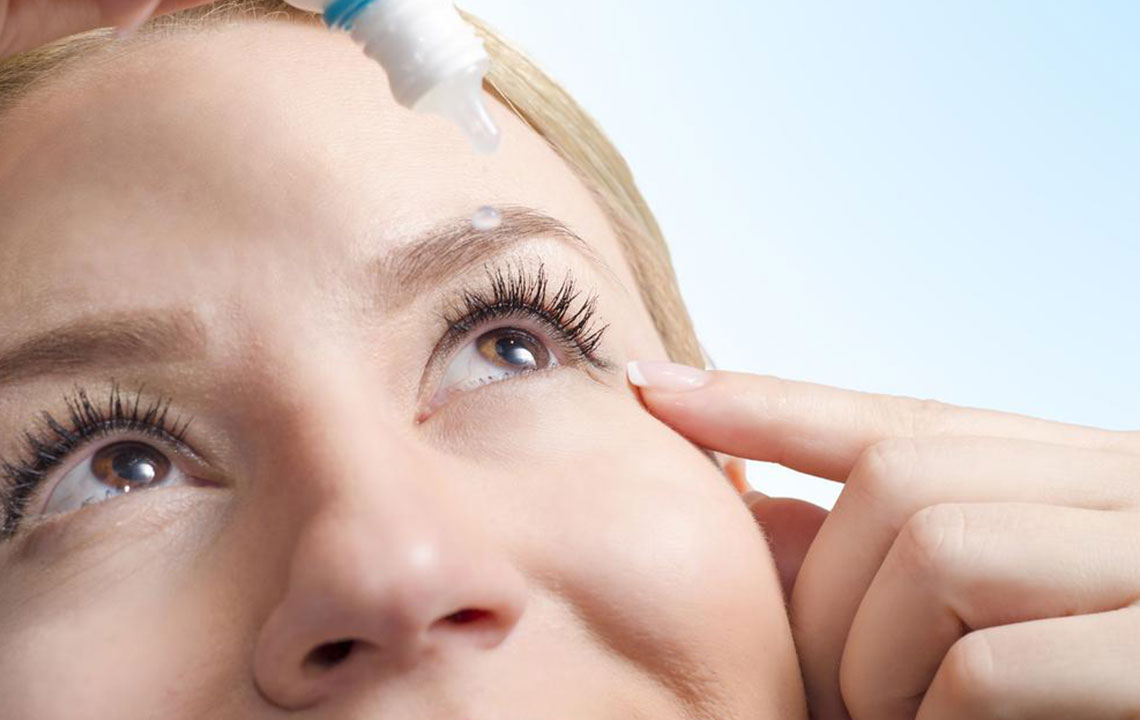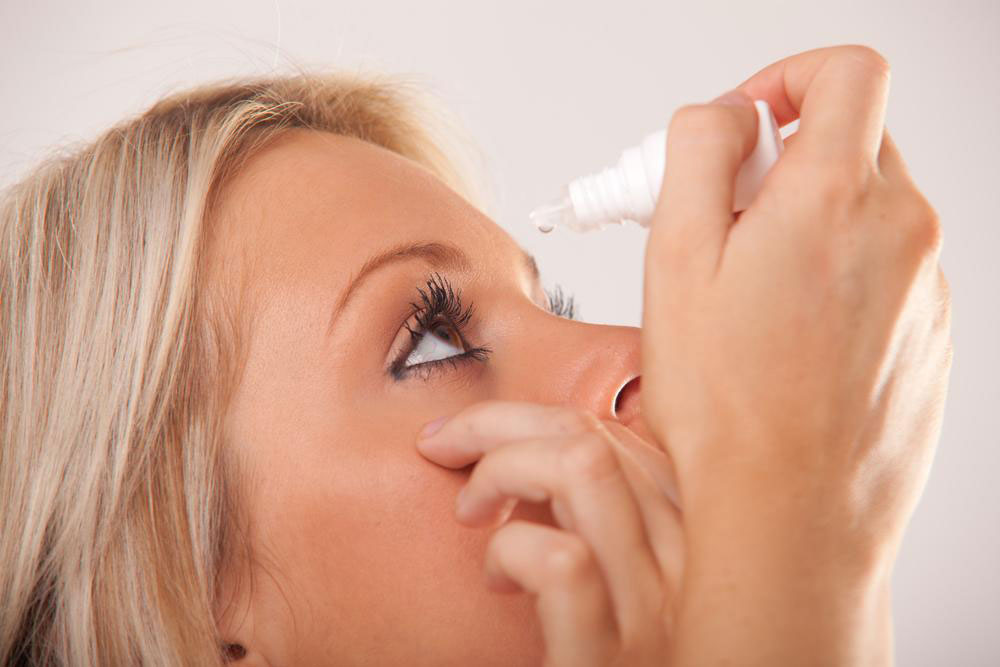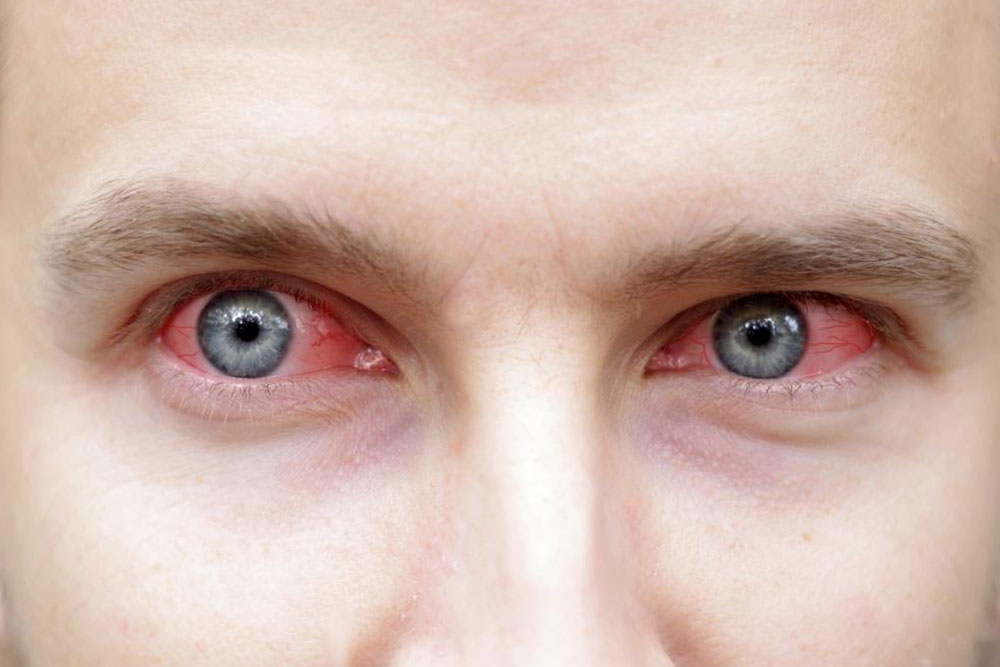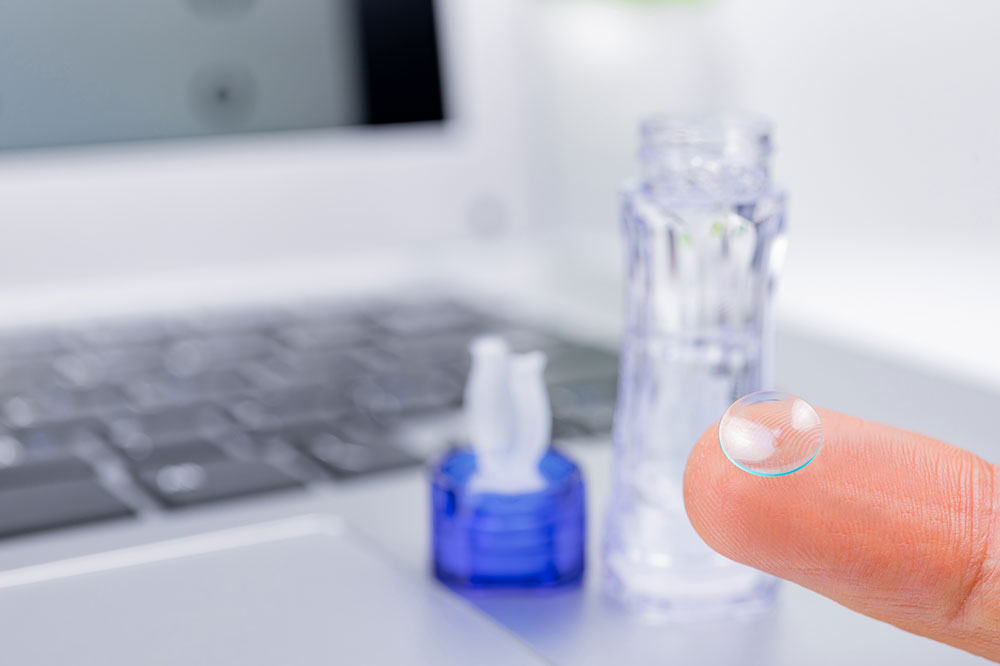Understanding Dry Eye Syndrome: Causes, Signs, and Solutions
Discover the causes, symptoms, and effective treatments for dry eye syndrome. Learn how environmental factors, aging, and health conditions contribute to dryness and find solutions like eye drops, medications, and dietary changes. Early diagnosis and proper care can prevent complications and preserve eye health.
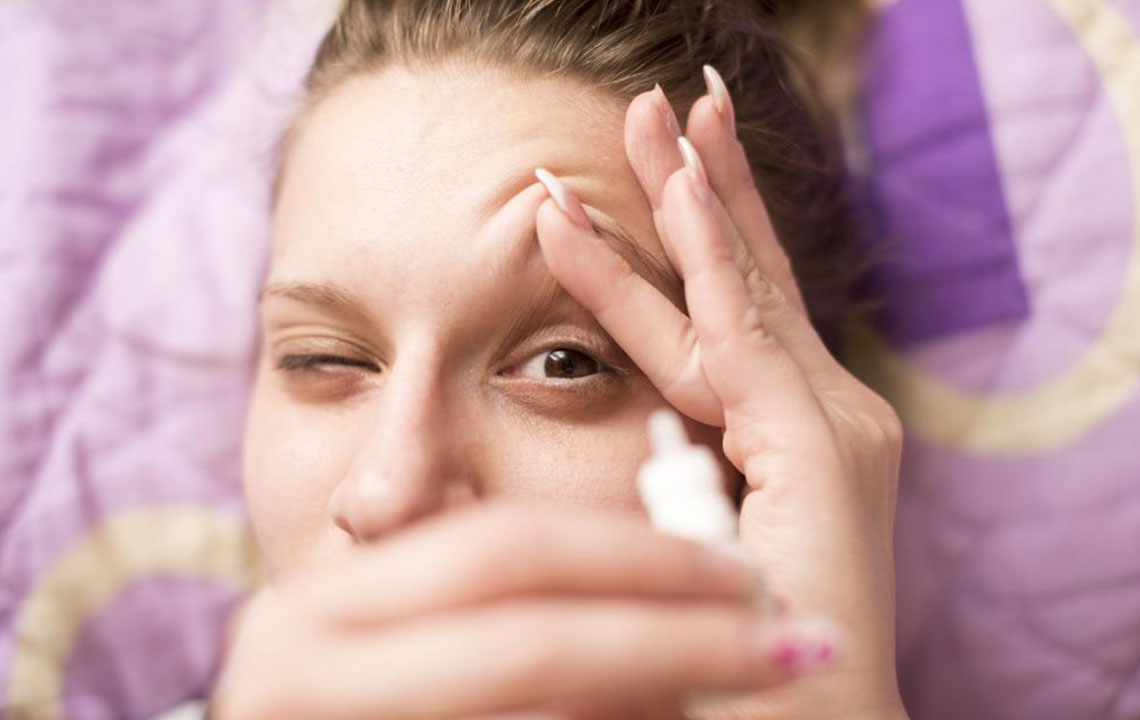
Understanding Dry Eye Syndrome: Causes, Signs, and Solutions
Tears play a vital role in keeping eyes moist and protected. They are composed of water, oils, mucus, and proteins that prevent infections. When the eyes lack sufficient tears, they become dry, leading to discomfort, redness, itching, and blurred vision. Dry eyes occur when the tear film fails to stay intact, allowing irritants to enter. Sometimes, excessive tearing happens as a reflex response to dryness.
Reduced moisture irritates the eyes, prompting increased tear production. Tears defend the eyes and wash away dust and debris.
Causes of Dry Eyes
Environmental factors like wind, dry air, heating, and air conditioning can cause dehydration of the eyes.
Medications such as antihistamines, birth control pills, and nasal decongestants may contribute to dryness.
Age, menopause, and certain medical conditions like Sjogren’s syndrome and rheumatoid arthritis can impair tear production.
Long hours working on computers or reading can worsen dryness.
Lack of oils in tears, caused by issues with eyelid glands, leads to quick tear evaporation.
Other triggers include LASIK surgery, allergies, hormone therapy, and prolonged contact lens use.
Dry environments, vitamin A deficiency, thyroid issues, and sleeping with eyes open can also cause dry eyes.
Signs and Symptoms
Burning, itching, redness, and sensitivity to light.
Blurry vision and sensation of grit or mucus in the eyes.
Eyes tire easily and may produce excess tears in response to dryness.
If untreated, dry eyes can lead to infections and corneal damage, risking permanent vision loss.
Diagnosis
If you experience symptoms, consult an eye specialist. Tests like slit lamp examination, dye tests with fluorescein, and Schirmer’s test help assess tear quantity and quality. These evaluations determine the severity and guide treatment options.
Treatment Options
Artificial tears: Eye drops that supplement natural moisture.
Medications: Anti-inflammatory drugs like cyclosporine or corticosteroids reduce inflammation and improve tear stability. Cholinergic agents such as pilocarpine can boost tear production.
Lacrimal plugs: Small devices inserted into tear ducts to prevent tear drainage, increasing eye moisture.
Dietary changes: Incorporating omega-3 fatty acids from foods or supplements enhances oil production in the eyes and alleviates dryness.
Recognizing causes early and pursuing appropriate treatment can help alleviate symptoms and prevent the worsening of dry eye syndrome.

